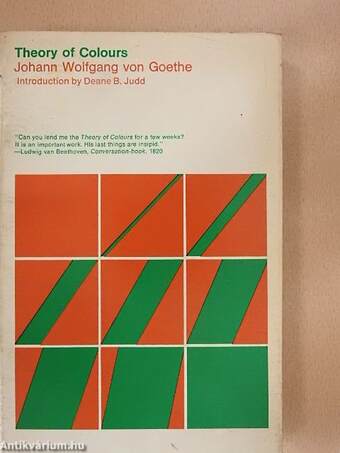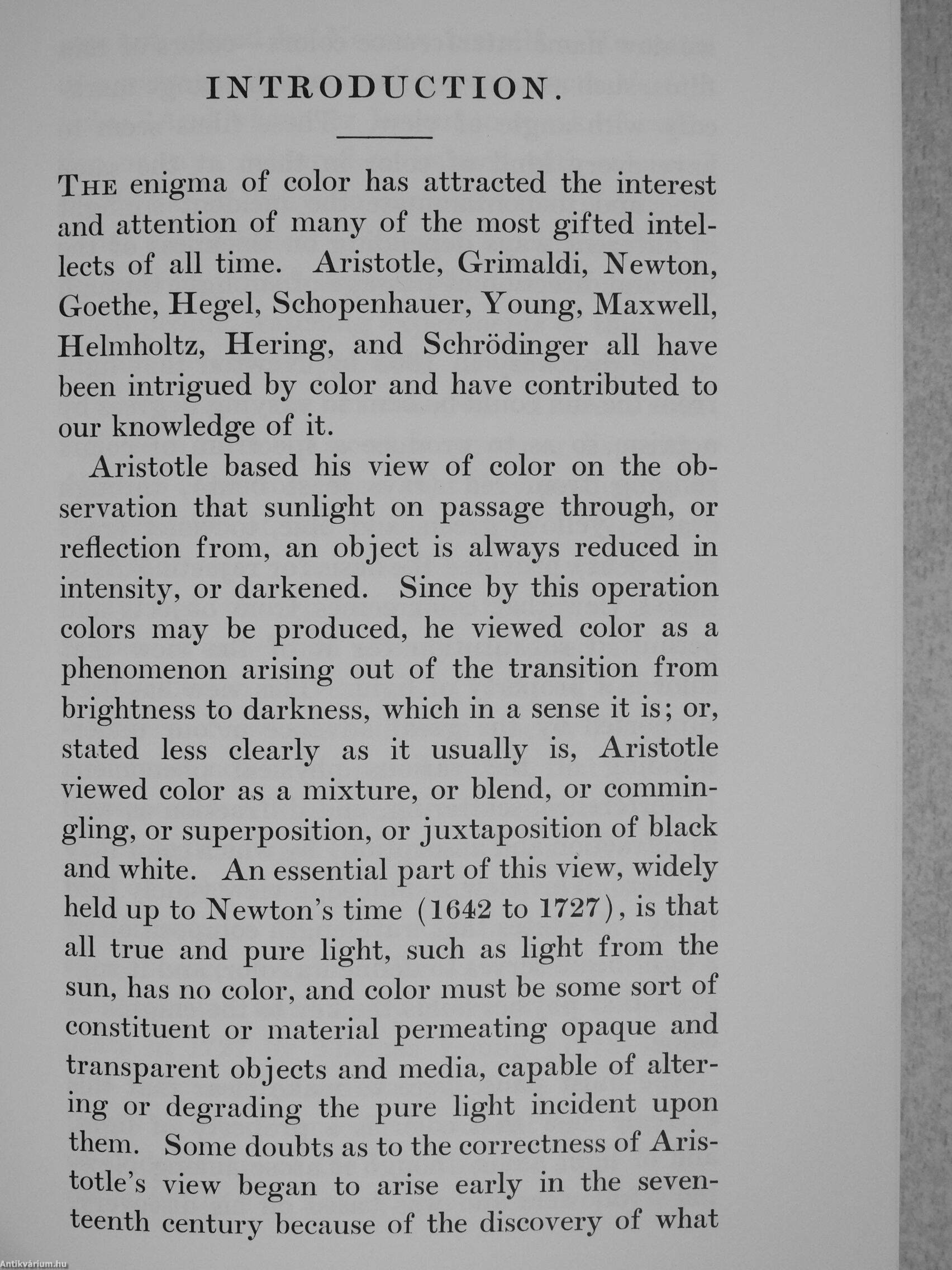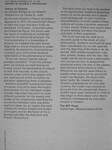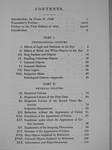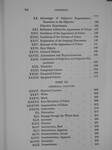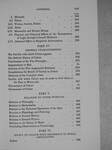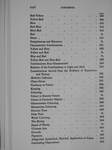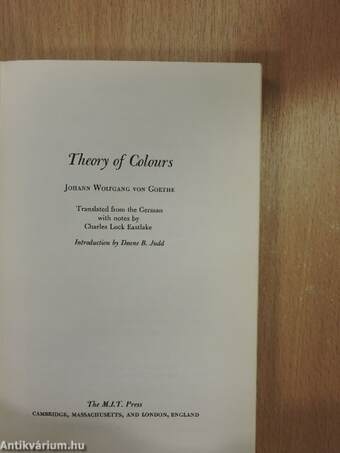1.067.674
kiadvánnyal nyújtjuk Magyarország legnagyobb antikvár könyv-kínálatát

VISSZA
A TETEJÉRE
JAVASLATOKÉszre-
vételek
Theory of Colours
| Kiadó: | The M. I. T. Press |
|---|---|
| Kiadás helye: | Cambridge |
| Kiadás éve: | |
| Kötés típusa: | Ragasztott papírkötés |
| Oldalszám: | 423 oldal |
| Sorozatcím: | |
| Kötetszám: | |
| Nyelv: | Angol |
| Méret: | 20 cm x 14 cm |
| ISBN: | 262-57021-1 |
naponta értesítjük a beérkező friss
kiadványokról
naponta értesítjük a beérkező friss
kiadványokról
Előszó
TovábbFülszöveg
MIT PRESS PAPERBACKS IN THE HISTORY OF SCIENCE TECHNOLOGY
Theory of Colours by Johann Wolfgang von Goethe Introduction by Deane B. Judd By the time Goethe's Theory of Colours appeared in 1810, the wavelength theory of light and color had been firmly established. To Goethe, renowned author and theatrical figure, the theory was the result of mistaking an incidental result for an elemental principle. Far from pretending to a knowledge of physics, he insisted that such knowledge was an actual hindrance to understanding. He based his conclusions exclusively upon exhaustive personal observation of the phenomena of color.
Of his own theory Goethe was supremely confident: "From the philosopher, we believe we merit thanks for having traced the phenomena of colours to their first sources, to the circumstances under which they appear and are, and beyond which no further explanation respecting them is possible."
Goethe's'scientific conclusions have, of course, long since been thoroughly... Tovább
Fülszöveg
MIT PRESS PAPERBACKS IN THE HISTORY OF SCIENCE TECHNOLOGY
Theory of Colours by Johann Wolfgang von Goethe Introduction by Deane B. Judd By the time Goethe's Theory of Colours appeared in 1810, the wavelength theory of light and color had been firmly established. To Goethe, renowned author and theatrical figure, the theory was the result of mistaking an incidental result for an elemental principle. Far from pretending to a knowledge of physics, he insisted that such knowledge was an actual hindrance to understanding. He based his conclusions exclusively upon exhaustive personal observation of the phenomena of color.
Of his own theory Goethe was supremely confident: "From the philosopher, we believe we merit thanks for having traced the phenomena of colours to their first sources, to the circumstances under which they appear and are, and beyond which no further explanation respecting them is possible."
Goethe's'scientific conclusions have, of course, long since been thoroughly demolished, but the intelligent reader of today may enjoy this work on quite different grounds: for the beauty and sweep of his conjectures regarding the connection between color and philosophical ideas; for an insight into early nineteenth-century beliefs and modes of thought; and for the flavor of life in Europe just after the American and French Revolutions.
The book does not have to be studied to be appreciated. Goethe's subjective theory of colors permits him to speak most persuasively of color harmony and aesthetics. In some readers these notions will evoke a positive response on their merits. Others may regard them as pure fantasy, but savor the grace and style of their exposition.
The work may also be read as an accurate guide to the study of color phenomena. Goethe's conclusions have been repudiated; but no one quarrels with his reporting of the facts to be observed. With simple equipment—vessels, prisms, lenses, and the like—the reader will be led through a demonstration course not only in subjectively produced colors, but also in the observable physical phenomena of color. Whenever we use the wave theory to predict what colors will be perceived under non-daylight, the theory falls down badly. By closely following Goethe's explanations of color phenomena, the reader may become so divorced from the wavelength theory— Goethe never even mentions it—that he may begin to think about color theory relatively unhampered by prejudice, ancient or modern.
The MIT Press
Cambridge, Massachusetts 02142 Vissza
Témakörök
- Filozófia > A szerző származása szerint > Német
- Filozófia > Témaköre szerint > Ismeretelmélet
- Filozófia > Témaköre szerint > Esztétika (művészetfilozófia)
- Idegennyelv > Idegennyelvű könyvek > Angol > Filozófia > Nemzetisége szerint > Német
- Idegennyelv > Idegennyelvű könyvek > Angol > Filozófia > Témaköre szerint > Ismeretelmélet
- Idegennyelv > Idegennyelvű könyvek > Angol > Filozófia > Témaköre szerint > Esztétika (művészetfilozófia)
- Művészetek > Művészettörténet általános > Esztétika
- Művészetek > Művészettörténet általános > Idegen nyelv > Angol
- Művészetek > Művészettörténet általános > Elmélete
- Filozófia > Témaköre szerint > Tanulmányok, esszék
- Filozófia > Témaköre szerint > Szakfilozófiák
- Idegennyelv > Idegennyelvű könyvek > Angol > Filozófia > Témaköre szerint > Tanulmányok, esszék
- Idegennyelv > Idegennyelvű könyvek > Angol > Filozófia > Témaköre szerint > Szakfilozófiák
Johann Wolfgang von Goethe
Johann Wolfgang von Goethe műveinek az Antikvarium.hu-n kapható vagy előjegyezhető listáját itt tekintheti meg: Johann Wolfgang von Goethe könyvek, művekMegvásárolható példányok
Nincs megvásárolható példány
A könyv összes megrendelhető példánya elfogyott. Ha kívánja, előjegyezheti a könyvet, és amint a könyv egy újabb példánya elérhető lesz, értesítjük.



